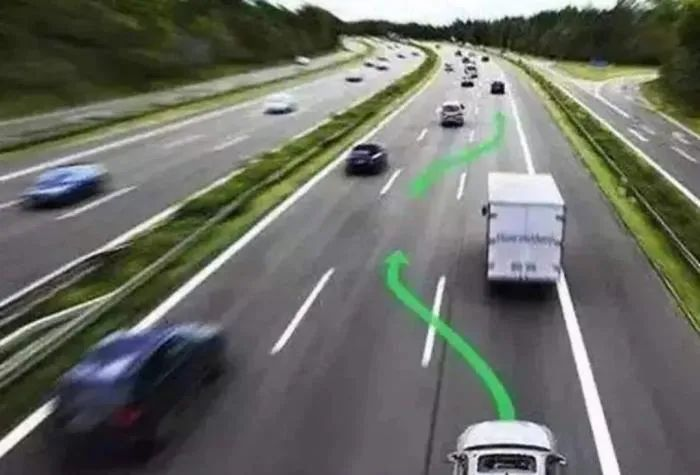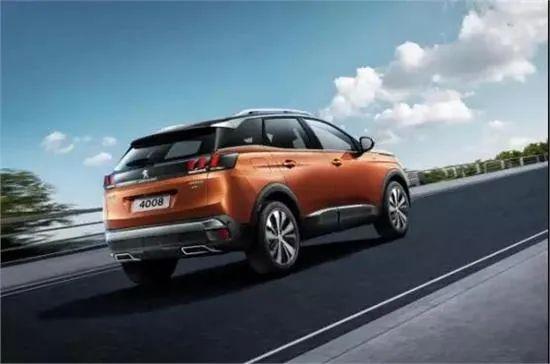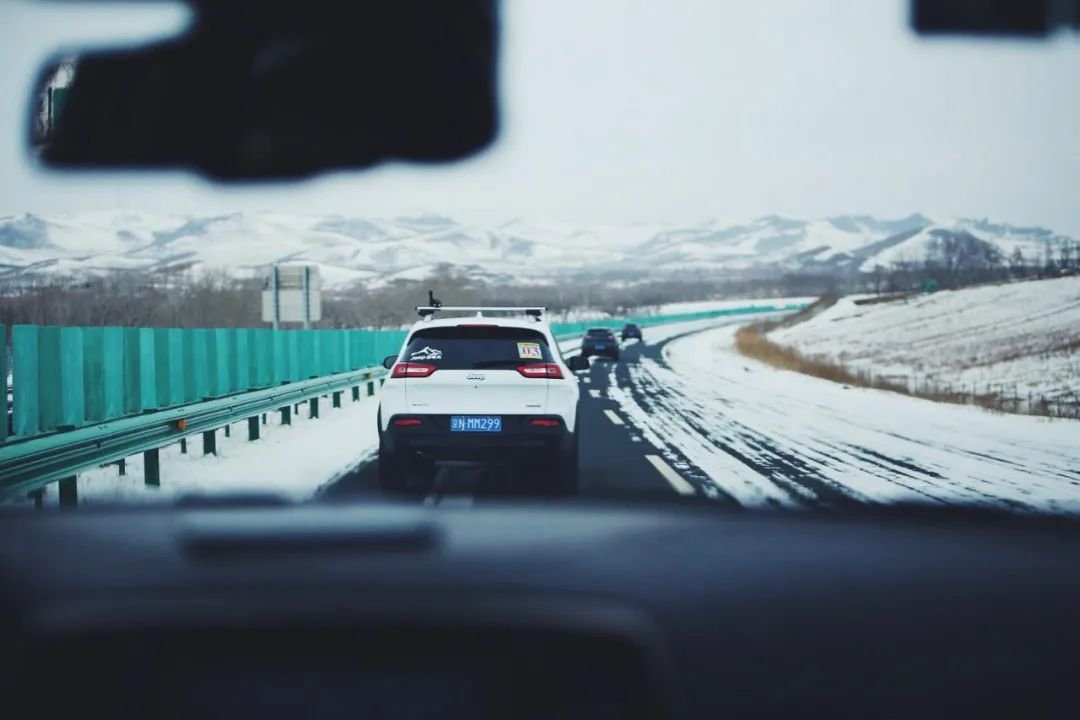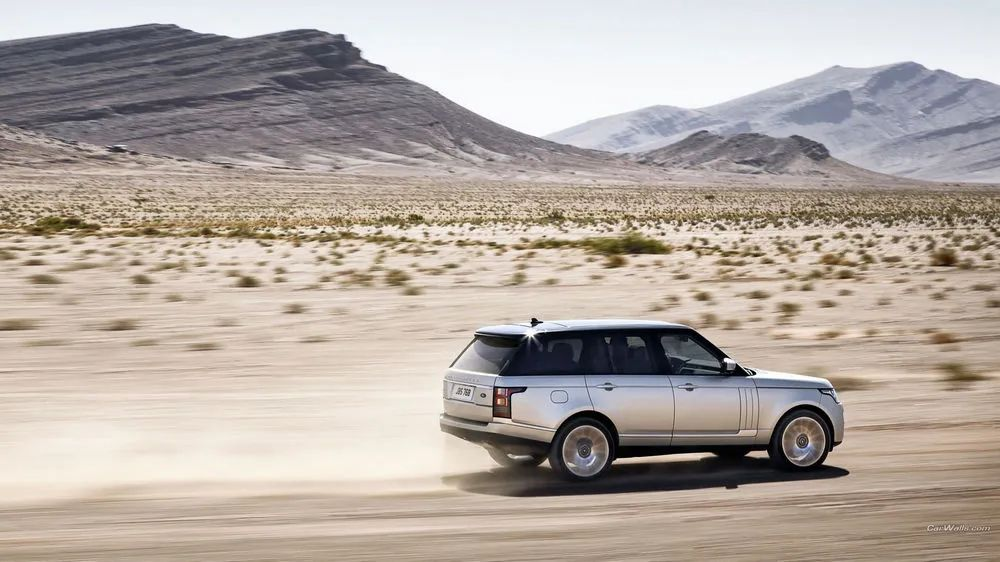- English
- 简体中文
- Esperanto
- Afrikaans
- Català
- שפה עברית
- Cymraeg
- Galego
- 繁体中文
- Latviešu
- icelandic
- ייִדיש
- беларускі
- Hrvatski
- Kreyòl ayisyen
- Shqiptar
- Malti
- lugha ya Kiswahili
- አማርኛ
- Bosanski
- Frysk
- ភាសាខ្មែរ
- ქართული
- ગુજરાતી
- Hausa
- Кыргыз тили
- ಕನ್ನಡ
- Corsa
- Kurdî
- മലയാളം
- Maori
- Монгол хэл
- Hmong
- IsiXhosa
- Zulu
- Punjabi
- پښتو
- Chichewa
- Samoa
- Sesotho
- සිංහල
- Gàidhlig
- Cebuano
- Somali
- Тоҷикӣ
- O'zbek
- Hawaiian
- سنڌي
- Shinra
- Հայերեն
- Igbo
- Sundanese
- Lëtzebuergesch
- Malagasy
- Yoruba
- Español
- Português
- русский
- Français
- 日本語
- Deutsch
- tiếng Việt
- Italiano
- Nederlands
- ภาษาไทย
- Polski
- 한국어
- Svenska
- magyar
- Malay
- বাংলা ভাষার
- Dansk
- Suomi
- हिन्दी
- Pilipino
- Türkçe
- Gaeilge
- العربية
- Indonesia
- Norsk
- تمل
- český
- ελληνικά
- український
- Javanese
- فارسی
- தமிழ்
- తెలుగు
- नेपाली
- Burmese
- български
- ລາວ
- Latine
- Қазақша
- Euskal
- Azərbaycan
- Slovenský jazyk
- Македонски
- Lietuvos
- Eesti Keel
- Română
- Slovenski
- मराठी
- Srpski језик
An article written for drivers
2024-08-30
An article written for drivers

More and more people are driving these days and there are more novice drivers on the road. Every veteran driver was practiced by a novice, and when you first get your license, whoever is driving is certainly not that skilled. Today we will talk to you about the driving skills and experience summarized by the old drivers.

Tip 1: Grab the red, not the green
The red and not the green is not for you to run the red light, but in the red light reads the second to start, in the green light reads the second to brake. Some drivers meet the signal, found ahead of the green light, always like to accelerate “rob the light”. When waiting to arrive at the intersection after the green light suddenly changed to red or read the second, the driver had to panic and emergency braking.
So it is best to slow down when you see the green light in the distance, in order to maintain a low speed forward in case of light change.

Tip 2. Overtake safely
Overtaking must be done with 100% certainty. When confirming the conditions of overtaking, you should first hit the left turn signal and signal (night overtaking should be changing lights to be prompted), and so on the front of the car has to give way to indicate that, before overtaking from the left side of the car. After overtaking the previous car, you can't drive into the original driving route too soon.

Tip 3. Low gear to rush slope, low gear to get off the bridge
Many drivers in the slope, the car to maintain high speed high-grade, until the slope to half of the rapid decline in rotational speed, only to hastily downshift. In fact, uphill and downhill is important is the speed rather than speed, if your speed is lower than 2500 rpm, then uphill will be more strenuous. And the practice of downshifting in the middle not only does not save fuel, but also increases mechanical friction.
Nowadays, many cities have built overpasses and elevated roads, and the difference between up and down the bridge is relatively large. Some people drive downhill, just idle skidding, see to hit the car in front of you before stepping on the brakes, which is very dangerous.

Tip 4. Tight go sand, slow go water
Over the sand, the driver is worried about overturning so reduce the speed, and wade through the water section, but also worried about stalling and speed up the car through. The biggest threat to the sand is trapped, if the car through the sand when decelerating, then once the engine is off, the torque required is very large, this start in the sand is easy to cause more and more trapped deeper and deeper, the most reasonable approach is to increase the appropriate speed (avoid stepping on the gas pedal), not to decelerate before passing through the car does not stop.
Wading section of the road, although the same as the sand will cause resistance to driving, but the car has to worry about the water splash into the exhaust pipe, resulting in engine stalling. Therefore, wading should be low gear low speed driving to avoid splashing into the exhaust pipe.

Tip 5. Keep the distance between cars
The cause of most urban traffic accidents is rear-end collisions between front and rear vehicles. In order not to hit people or not to be hit by people, you should always pay attention to the speed of the car in front of you, but also through the rearview mirror to observe the dynamics of the car behind you. After traveling a certain distance, you should step on the brake to remind the car behind you to pay attention to the distance from the car in front of you. Especially when driving at night, it is very practical to step on the brakes to prevent tailgating.

p.s. Generally with the car in front of the distance of about 2 meters is more appropriate, too close to easily cause rear-end accidents, too far will be other vehicles cut in line to cause safety hazards. Drivers can see from the front of the car contour line of the car in front of the rear bumper and tire position to judge the distance.
These tips are just to make driving safer, it is necessary to develop a good driving habits, good driving habits help prevent traffic accidents. It is most important to obey traffic regulations, drive with caution and civilized driving!







